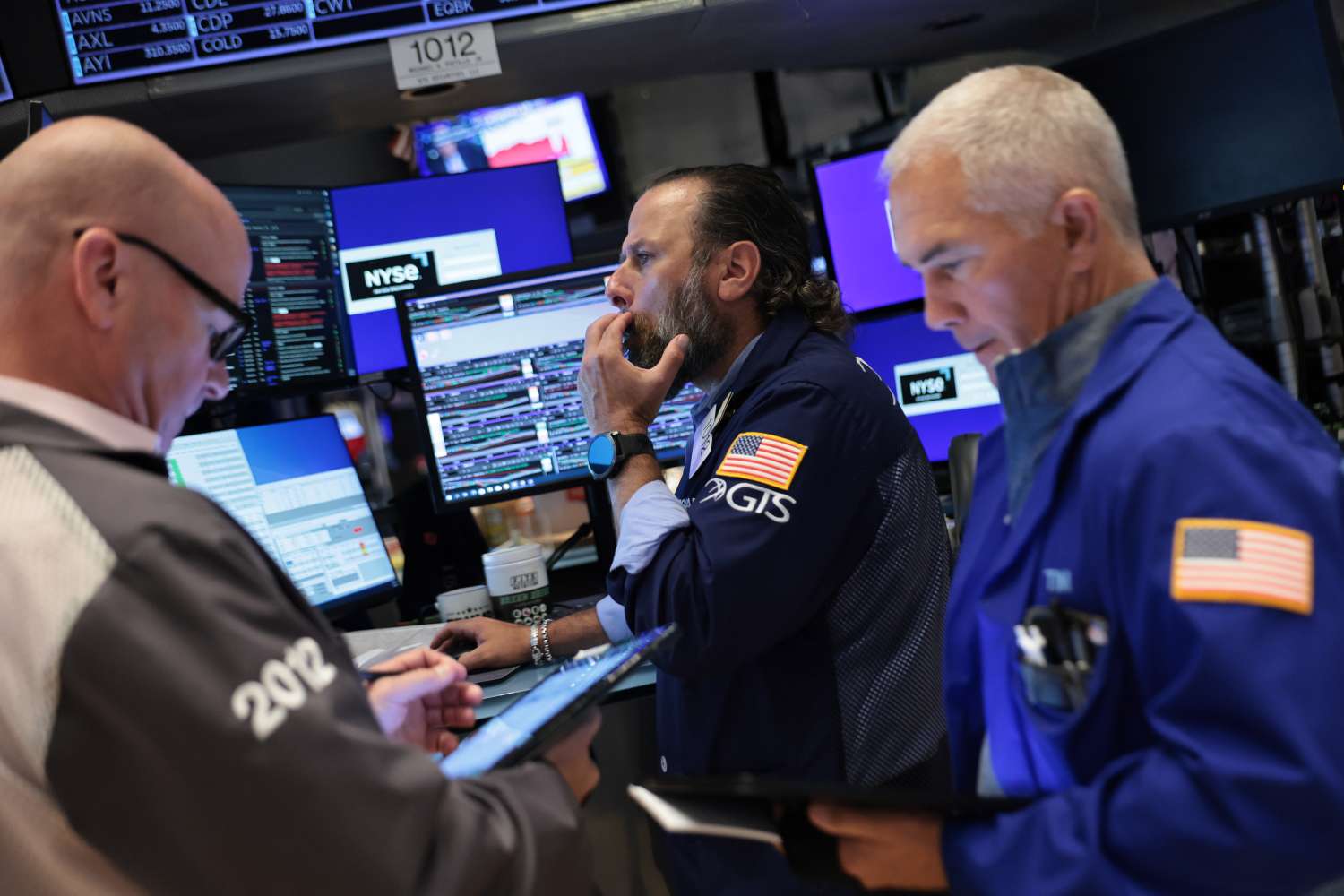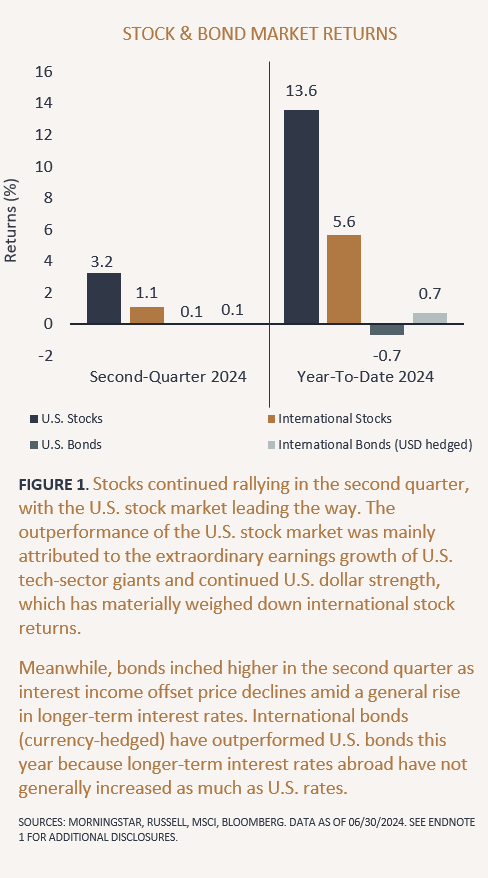1. Cash’s Steady Decline — but Not Quieted
Cash usage in the U.S. has steadily decreased—especially post‑COVID—as digital and contactless payments became the norm. Surveys show that even before the pandemic, about one-third of Americans used no cash, and 90% said they’d use it even less going forward. Yet cash still persists—especially among older adults, low-income households, and in informal economies.([turn0search14])
Many consumers still prefer cash for small purchases, seek anonymity, or distrust remote payment platforms. So far, cash hasn’t been declared obsolete—but it’s certainly being sidelined by faster, cheaper digital alternatives.
2. FedNow & Instant Payments Take Center Stage
Launched in July 2023, FedNow is the Federal Reserve’s real-time payment system, now live at over a thousand banks and credit unions. It allows fund transfers 24/7—faster and more continuously than older ACH systems. Transaction fees remain low, and institutions are building products atop it to reduce delays and spread digital adoption.([turn0search29])
FedNow makes everyday payments—like paying a babysitter or mortgage—instant and accessible. This infrastructure move significantly reduces reliance on cash.
3. Stablecoins & Private Digital Dollars on the Rise
Major U.S. banks—including JPMorgan, Bank of America, Citigroup, and Wells Fargo—are reportedly exploring creation of a “digital dollar” stablecoin, tied 1:1 to the U.S. dollar. These coins could operate through existing networks like Zelle or The Clearing House, enabling instant digital payments without traditional intermediaries.([turn0news23])
Meanwhile, Congress is advancing the GENIUS Act, a bipartisan bill passed by the Senate, to regulate stablecoin issuance under clear rules. Retail giants like Amazon and Walmart are also considering launching or piloting stablecoins. These efforts could reduce credit-card fees and reshape digital commerce.
4. Central Bank Digital Currency (CBDC): Still in Limbo
A true U.S. CBDC—a digital dollar issued directly by the Federal Reserve—remains highly debated. While earlier executive orders and the Fed’s “Project Hamilton” research pushed the idea forward, a 2025 executive order from President Trump bans the government from issuing a CBDC. The Federal Reserve says it lacks authorization to issue digital currency without congressional approval. Many central banks worldwide continue exploring CBDCs, but the U.S. remains in a cautious pilot phase.([turn0search18]turn0search31])
5. Hybrid Systems—Stablecoins, Tokenized Deposits, CBDCs
Many experts believe the future lies in hybrid monetary ecosystems, where tokenized bank deposits, regulated stablecoins, and possibly retail CBDCs coexist. The Digital Dollar Project advocates this model, where private tokens are backed by central bank reserves, combining innovation with trust and stability. Tokenization can offer efficient, programmable money while preserving financial sector integrity.([turn0search2]turn0search9])
This approach mirrors global developments—countries such as India, China, and Sweden are already piloting formal CBDC systems, while others are expanding hybrid digital money networks.
6. Why Digital Dollars Matter: Benefits & Challenges
Benefits:
- Faster payments (real-time settlement)
- Lower fees (bypassing credit-card networks)
- Greater transparency (helping with anti-money laundering)
- Financial inclusion (digital access for the unbanked)
Challenges:
- Privacy risks: CBDCs may allow authorities to trace any transaction unless privacy safeguards are built in.
- Bank disintermediation: Consumers might move deposits from commercial banks into digital accounts, threatening traditional bank liquidity.
- Cybersecurity and technical risks: New systems must resist hacking, outages, or failures.
- Regulatory complexity: Legislation like the GENIUS Act still needs final approval and implementation clarity.
7. Will Cash Still Be King by End of 2025?
While cash remains in circulation, it’s no longer dominant. Most everyday payments are now digital—credit cards, mobile wallets, and real-time transfers. Older and lower-income Americans may still rely on cash, but young and urban populations are moving digital fast.
Education, bank infrastructure upgrades, and stablecoin regulation are accelerating adoption. But eliminating cash entirely remains unlikely—especially given its privacy benefits and resilience during outages or tech failures.
8. What to Expect in the Coming Year
- Congress debates Crypto Week, including the GENIUS Act and stablecoin regulation. A Senate bill passed; House votes may follow soon.([turn0news20]turn0news21])
- Banks pilot proprietary stablecoins via payment networks, possibly starting with major retailers or fintech firms.
- Private firms and standards groups expand tokenized deposit experiments and interbank digital infrastructure.
- Public and industry feedback shapes privacy, surveillance, and financial-access rules around evolving digital payment networks.
9. What This Means for Consumers
- Expect faster, cheaper ways to pay—and broader access to instant transfers.
- Learn about digital wallets: Many banks now offer apps integrating FedNow or token-based transfers.
- Be aware that not all digital dollars are equal—some may be backed, regulated, and safe; others may carry risk.
- Keep some cash for backup in case of outages or for places that still prefer cash.
10. Final Reflection: Cash Lives, But Do We?
Digital dollars—whether via FedNow, stablecoins, or tokenized deposits—are transforming the U.S. payments landscape. Cash retains value as a fallback, but its dominance is dwindling. The dollar’s future likely includes multiple digital forms: private and public, regulated and hybrid.
If implemented thoughtfully—with privacy, competition, and inclusion—digital currencies could preserve the strengths of the U.S. dollar while lowering costs, increasing speed, and extending access. Much depends on regulation, infrastructure, and public trust.
By late 2025, cash may no longer be king—but an array of digital dollars may stand in its place, ushering in a new era of payment that’s faster, smarter, and shaped by American values.






Leave a Reply